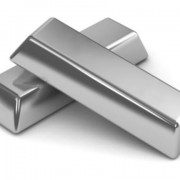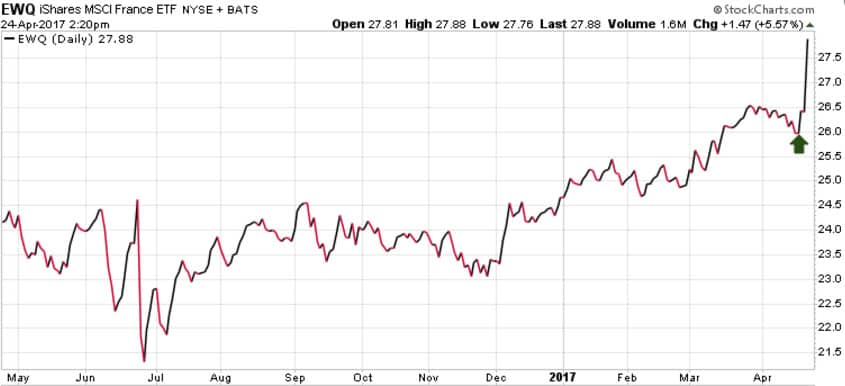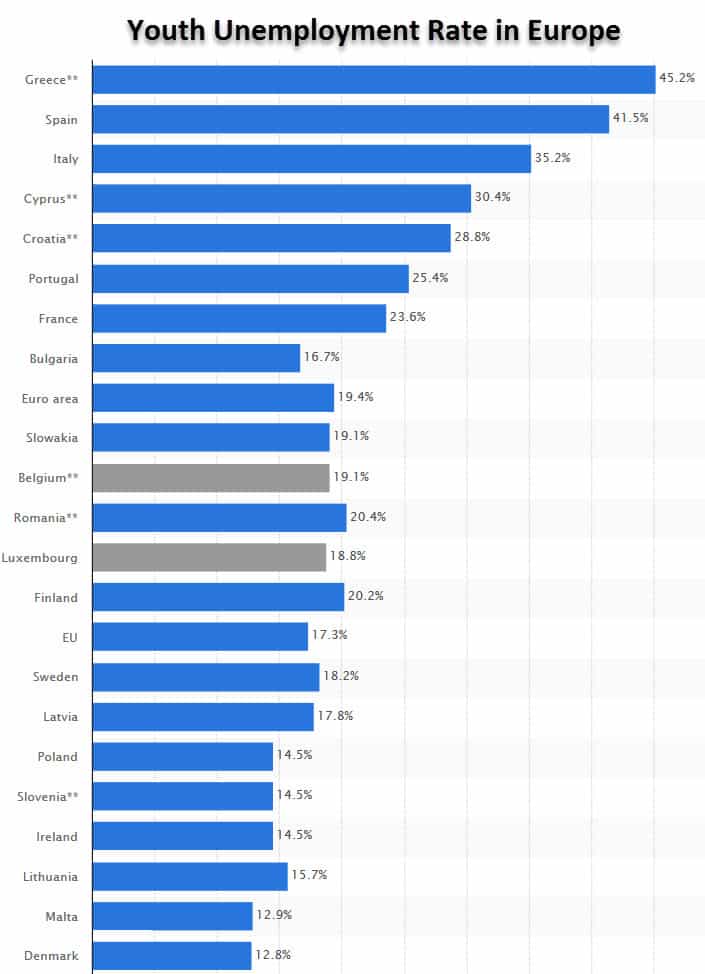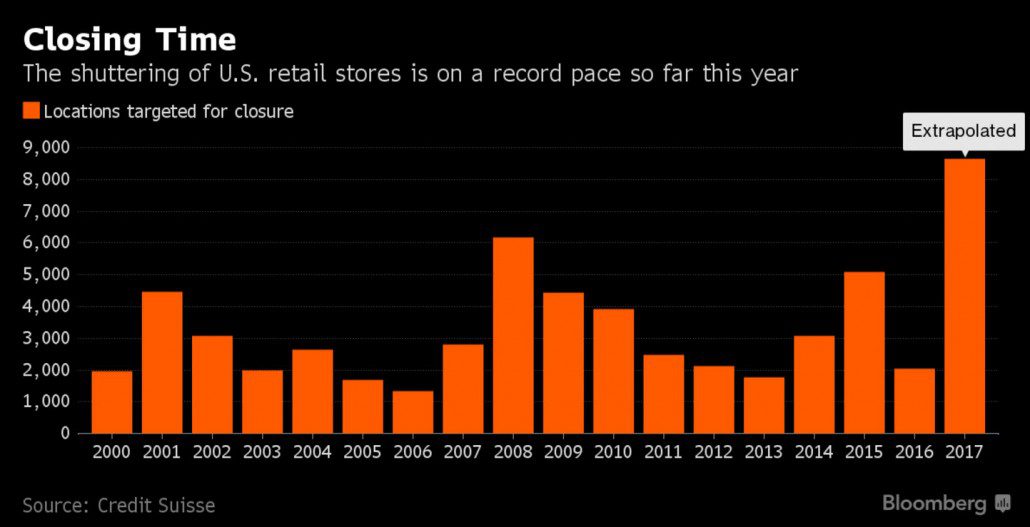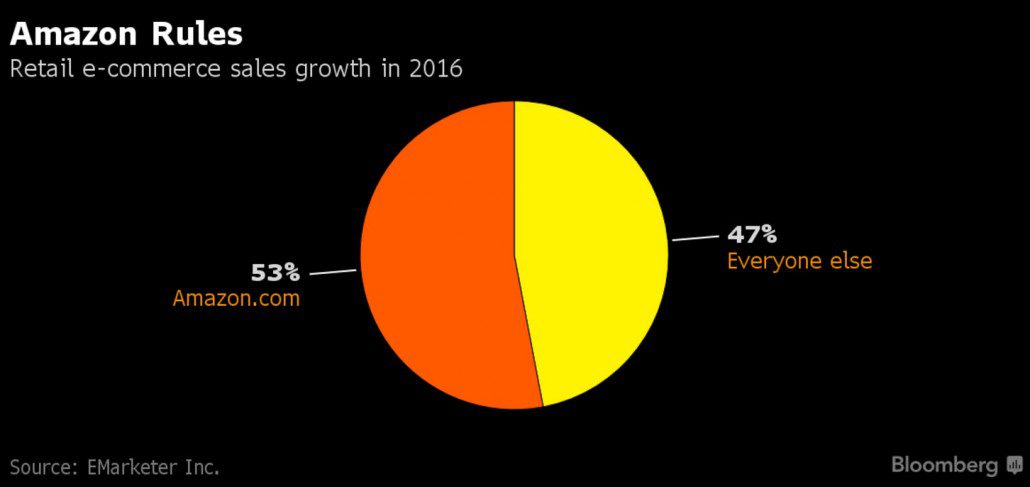There are many factors that affect the precious metal prices. There are basic supply and demand factors, such as demand for jewelry, electronic, and medical devices. Precious metals are also investments, often acting as a hedge against geopolitical events and a loss of confidence in government.
Precious metal prices, like most commodities prices are also affected by the strength of the $US. Given that the $US is the world’s reserve currency, when the $US is strong, the price of precious metals typically declines, while a weaker $US generally sees the price of precious metals rise.
The mainstream media is full of daily stories as to why gold and silver will rise or fall, and investors make their decisions often based solely on those news reports. In the futures markets there are two main groups of investors: Large Speculators and Commercials. The Large Speculators are hedge funds who use the futures market to speculate on the price of gold and silver.
Commercial traders are producers and merchants, these are the “insiders”, the ones who are on the ground floor. While Large Speculators are trend followers, Commercial traders are counter-trend traders and are the most accurate at timing key market turns.
As we highlighted in last week’s issue of The Trend Letter, silver bulls have their rally hats on, with Large Speculators (green line in lower half of chart below) in an all-time record long position. At the same time, the Commercial traders (red line) are in an all-time record short position.
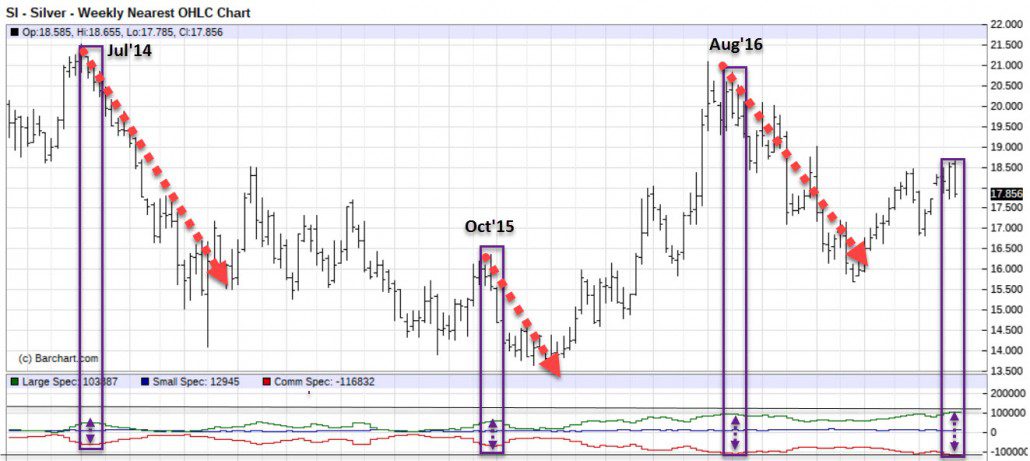
The chart shows that when we see the spread between Large Speculators’ long and Commercials’ short position widen, we typically see the sector turn down. The current spread for silver is at a record high, suggesting that silver prices are overbought.
When we get into a situation like this it implies that all the bulls are already in, there are no more buyers. With the speculative bulls all in, the only new source of potential buying of any size would be from Commercial traders looking to hedge. This would only occur if prices climbed high enough that the Commercials capitulate and buy back their short positions.
Commercial traders short silver in the futures market to lock in today’s price for future production. For these traders, their short positions are backed by actual silver bullion. If prices move higher, the Commercial traders will incur paper losses in the futures market, but they are off-set by gains on their silver bullion inventories which rise in value.
It is seldom a good idea to bet against the Commercial traders, so given the extreme spread between the Large Speculator long position and the Commercial short position, caution is advised here for anyone long silver.
Stay tuned!

